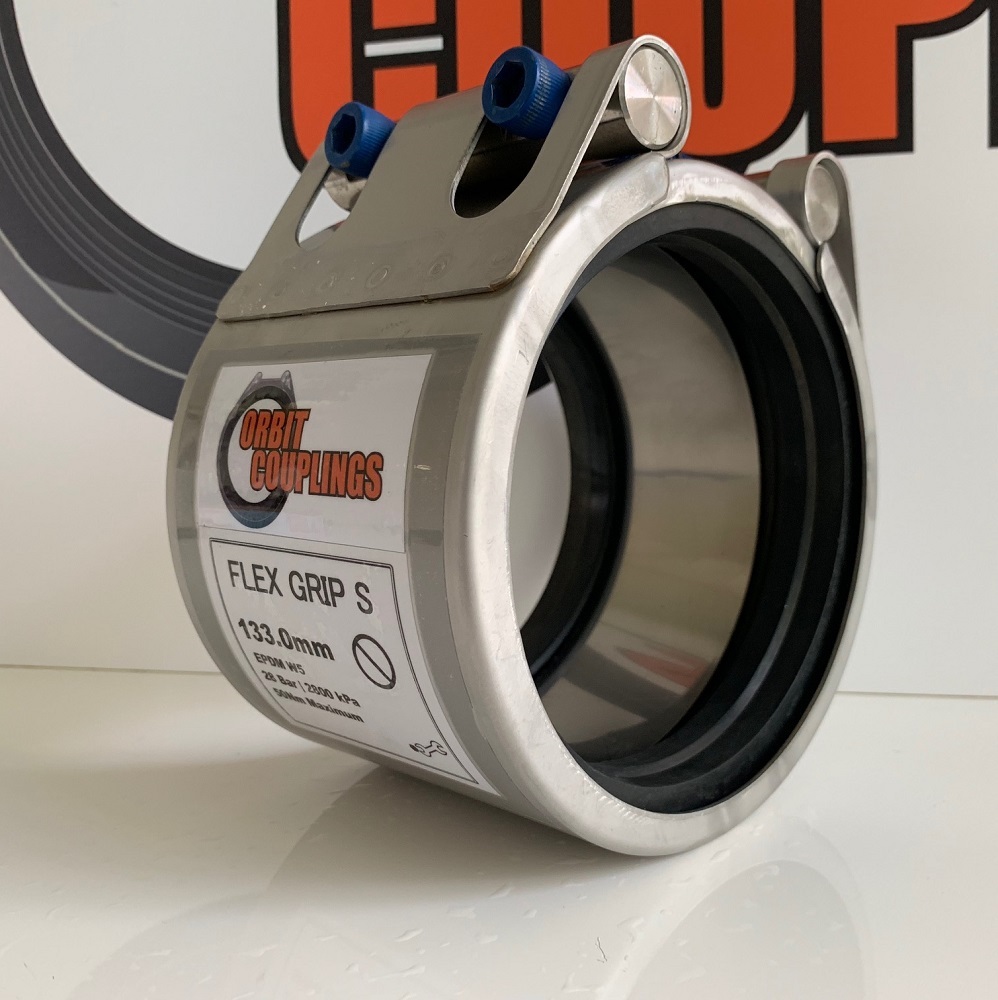The Applications Of Pipe Couplings In The Mining Industry
Author: Dewater Products Date Posted:5 May 2023
Pipe couplings play a crucial role in the mining industry, providing a versatile and reliable solution for various piping applications. From transporting fluids and slurries to managing mine dewatering systems, pipe couplings offer numerous benefits that enhance efficiency, safety, and cost-effectiveness within mining operations. This article explores the diverse applications of pipe couplings in the mining industry, highlighting their significance and impact.

Fluid Transport
In mining operations, the movement of fluids such as water, chemicals, and slurries is essential for various processes, including mineral extraction, ore processing, and dust suppression. Pipe couplings enable the efficient and reliable transportation of these fluids over long distances. Their leak-proof design ensures minimal loss or contamination of fluids, promoting efficient operations and reducing downtime.
Dewatering Systems
Mining activities often encounter water accumulation, which needs to be managed effectively. Pipe couplings are instrumental in the construction of mine dewatering systems. These systems remove excess water from mining pits, underground tunnels, and other areas to maintain safe working conditions. Couplings facilitate the assembly and disassembly of pipelines, allowing for easy adjustments and maintenance as per the changing water levels.
Slurry Handling
Slurries, consisting of water and solid particles, are commonly generated in mining operations during mineral processing and tailings management. Pipe couplings provide a reliable connection for slurry pipelines, ensuring efficient transportation without leaks or blockages. The ability to quickly disconnect and rejoin pipes is valuable for maintenance and repairs, minimizing downtime and optimizing productivity.
Ventilation Systems
Proper ventilation is crucial in mining environments to maintain air quality, control temperature, and remove harmful gases. Pipe couplings enable the installation and maintenance of ventilation systems, including air supply and exhaust ducts. Their robust construction ensures secure connections, preventing air leakage and ensuring effective airflow throughout the mine.
Emergency Response
Mining operations require effective emergency response systems to address potential hazards such as fires, gas leaks, or collapses. Pipe couplings play a vital role in these systems, allowing for quick deployment and connection of hoses for firefighting, gas detection, and rescue purposes. Their ease of use and reliability are essential during critical situations, helping to mitigate risks and protect personnel.
Conveyor Belt Systems
Conveyor belts are extensively used in the mining industry for the transportation of bulk materials, such as ore, coal, and aggregates. Pipe couplings are utilized in conveyor belt systems to connect and secure the piping required for dust suppression, lubrication, and material handling. These couplings ensure a robust connection, withstand vibrations, and prevent leaks that can disrupt operations and create safety hazards.
Water Treatment Facilities
Mining operations often require water treatment facilities to manage water quality and comply with environmental regulations. Pipe couplings are instrumental in constructing the piping systems for water treatment processes, including sedimentation, filtration, and chemical dosing. Their versatility allows for easy installation and reconfiguration as per the changing treatment needs.
Tailings Management
Proper management of mine tailings, the waste materials generated during mineral extraction, is crucial to minimize environmental impact. Pipe couplings are utilized in tailings pipelines to transport the waste materials to designated storage areas or processing facilities. Their secure connections prevent leaks and facilitate the efficient movement of tailings, ensuring compliance with environmental standards.
Conclusion
In conclusion, pipe couplings are indispensable components in the mining industry, finding extensive applications in fluid transport, dewatering systems, slurry handling, ventilation, emergency response, conveyor belt systems, water treatment facilities, and tailings management. The versatility, reliability, and ease of use offered by pipe couplings contribute to improved efficiency, safety, and cost-effectiveness in mining operations. Embracing the advancements in coupling technologies and adopting innovative solutions can further enhance the effectiveness of pipe couplings in the mining industry, enabling mining companies to overcome challenges and optimize their processes.
With the continuous advancement of coupling technologies, mining companies can benefit from innovative solutions that further enhance the effectiveness of pipe couplings. For example, the development of advanced sealing mechanisms and materials can improve the leak-proof nature of couplings, ensuring even greater efficiency and reducing the risk of fluid loss or contamination. Additionally, the use of quick-release couplings can expedite maintenance and repair procedures, minimizing downtime and maximizing productivity.
Furthermore, the integration of automation and monitoring systems with pipe couplings can enhance operational efficiency and safety. Intelligent couplings equipped with sensors can provide real-time data on pressure, temperature, and flow rates, allowing for proactive maintenance and the early detection of potential issues. This data-driven approach enables mining companies to optimize their processes, prevent costly breakdowns, and ensure the longevity of their piping systems.
As sustainability and environmental considerations become increasingly important in the mining industry, pipe couplings can contribute to responsible mining practices. The development of eco-friendly coupling materials and coatings can minimize the environmental impact of mining operations by reducing corrosion, extending the lifespan of pipelines, and preventing leaks that could lead to the contamination of surrounding ecosystems. Additionally, the integration of renewable energy sources, such as solar-powered sensors or self-powered actuators, can further enhance the sustainability of coupling systems in the mining industry.
Collaboration between coupling manufacturers, mining companies, and research institutions is crucial for driving innovation and addressing the unique challenges faced by the mining industry. By sharing knowledge and expertise, stakeholders can develop tailored solutions that meet the specific requirements of mining operations, considering factors such as harsh environments, high-pressure conditions, and abrasive materials.

